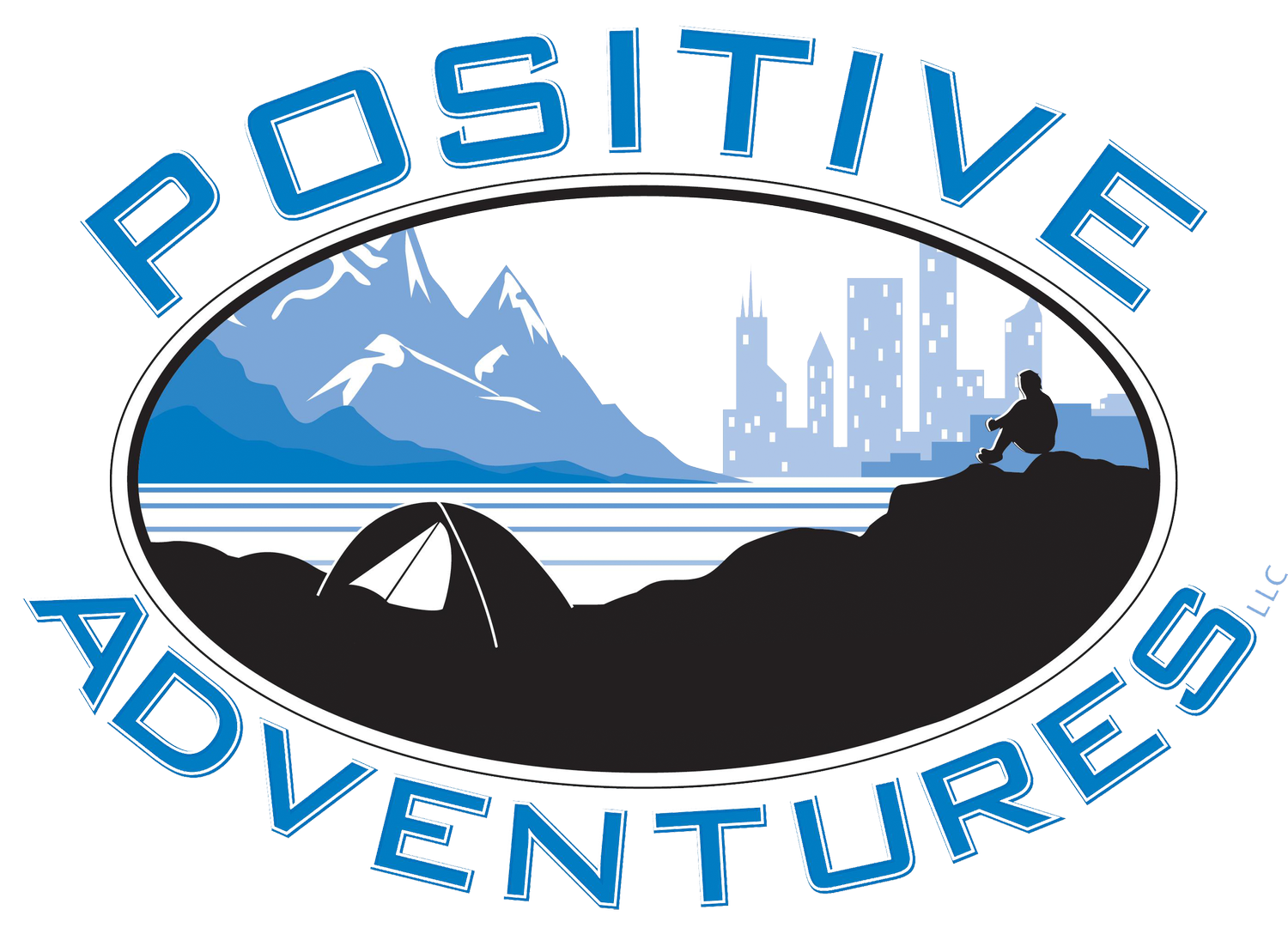Why Outdoor Education is Vital for Today’s Youth
Today’s youth live in a virtual world disconnected from the real world. On average, kids today spend over six hours every day in front of a screen! Yikes! What do you think the benefits would be if we could get these kids to unplug and get in tune with nature? This is where Outdoor Education comes in.
Where Does Outdoor Education Take Place?
Outdoor Education consists of multi-day programs, conducted in some of the most breathtaking natural settings nature has to offer! In California, locations such as Joshua Tree, Big Bear, and Idyllwild transform into breathtaking classroom settings that are not confined by walls. It is in these outdoor settings that students through direct participation learn skills such as surfing, canoeing, hiking, backpacking, zip lining, camping and rock climbing.
Outdoor classrooms lend themselves to studying the vast variety of flora, fauna, and geology in the region. Seeing first hand the interrelatedness of all living things is an unmatched way to teach the meaning of ecology, sustainability, and plant the seeds of environmental stewardship.
How Does it Work?
Outdoor education is taught expedition style. Students are assigned responsibilities and learn to treat each other with respect (& lean on each other’s strengths) through participation in everyday activities such as setting up camp, cooking, and cleaning tasks. It is through this expedition style of teaching that outdoor education provides many benefits to participants.
5 Benefits of Outdoor Education
#1: It gets students excited about learning. Why? Because the activities offered are challenging, interesting, and engaging. Participating in activities that are downright fun creates positive lasting memories of school and the outdoors.
#2: It teaches leadership and teamwork. Carefully planned and structured group activities assist students in developing a strong sense of capability, flexible leadership techniques, and self-efficacy. The unique setting of a wilderness experience creates an overall sense of well-being and accomplishment.
#3: It builds self-esteem. Learning new skills and participating in challenging activities helps students overcome fears, this builds tremendous self-confidence. Children become alive in the outdoor setting resulting in a positive impact on their self-esteem. High self-confidence and self-esteem can translate into being a more productive student because they become equip with the tools to tackle challenges that come their way.
#4: It allows students to unplug. Kids today are glued to their technology, from video games, to iPads, to cell phones this addiction can be unhealthy. When we take kids out into nature they finally truly unplug. Increased time spent outdoors is linked to better overall mental and physical health.
#5: Sets students on a path of civic responsibility. Teaching environmental awareness is the first step in creating responsible citizens with a sense of responsibility for environmental stewardship. Positive outdoor experiences during ones youth is a key factor in developing conservation values as adults.
With all of these fantastic mental and physical health benefits, I bet you are already wondering how you can start planning your ideal outdoor education curriculum! At Positive Adventures we are experienced leaders in outdoor education, we create curriculum that checks all the boxes when it comes to benefiting both the school and the students. We understand that no two groups of students are alike, and can tailor our programs to meet your specific needs, goals, and capabilities of each group of students!
3 Helpful Tips to Customize Your Program
Develop curriculum for each grade that aligns with your school’s culture, core values, and learning objectives.
Build on skills learned from prior grades.
Push students beyond their comfort zones and into their active learning zone, resulting in increased self-awareness, gaining a sense of community, and thriving under diversity.
Examples of programs by grade:
Sixth graders: These students love the beach. The Malibu coast boast 27 miles of famous scenic coastline with campsites and nearby hikes, this location makes a great spot for outdoor education with the inspiring natural offerings! For a coastal experience, kids get the chance to explore and learn about the sea life first hand in the secret tide pools.
Ocean Kayaking is a thrilling yet safe adventure that can be easily learned for students in sixth grade. This activity will get the kids excited while challenging their physical activity and teamwork abilities! Combine the ocean experience with a ropes course at a nearby facility and this curriculum would ensure the emphasis on team building and leadership is achieved! Being sure to implement tips 1 and 2 would be best for planning your sixth-grade excursion!
Seventh Grade: Joshua Tree National Park makes a great setting for a seventh-grade program. Joshua Tree National Park offers an abundant variety of flora and fauna in this area. The vast landscape lends itself to many science lessons that can be taught in an experiential way to ensure the material would be absorbed and retained by the students.
Imagine a classroom setting that hosts both the Colorado and the Mojave Desert ecosystems, Joshua Tree offers this! Some of our favorite problem-solving exercises are at home here as well as nature survival skills. Kids will have a blast learning and keep these lessons with them throughout their life. Be sure to include tips 2 and 3 when planning this experience!
Eighth Grade: By the time youth in middle school have reached eighth grade they have the stamina and desire for backpacking! Big Bear, with its miles of trails and backwoods campgrounds, provides an ideal setting. Can you imagine a better place to learn how to read maps? Use compasses? Learn about topography? How to help with campsite management? All of this these important life skills would be acquired in this ideal setting, all while providing students with framework for team building, and learning about the environment!
We provide progressive programming for 5th – 12th grades or can build an outdoor education curriculum tailored to fit your school’s needs, budget, and goals!


